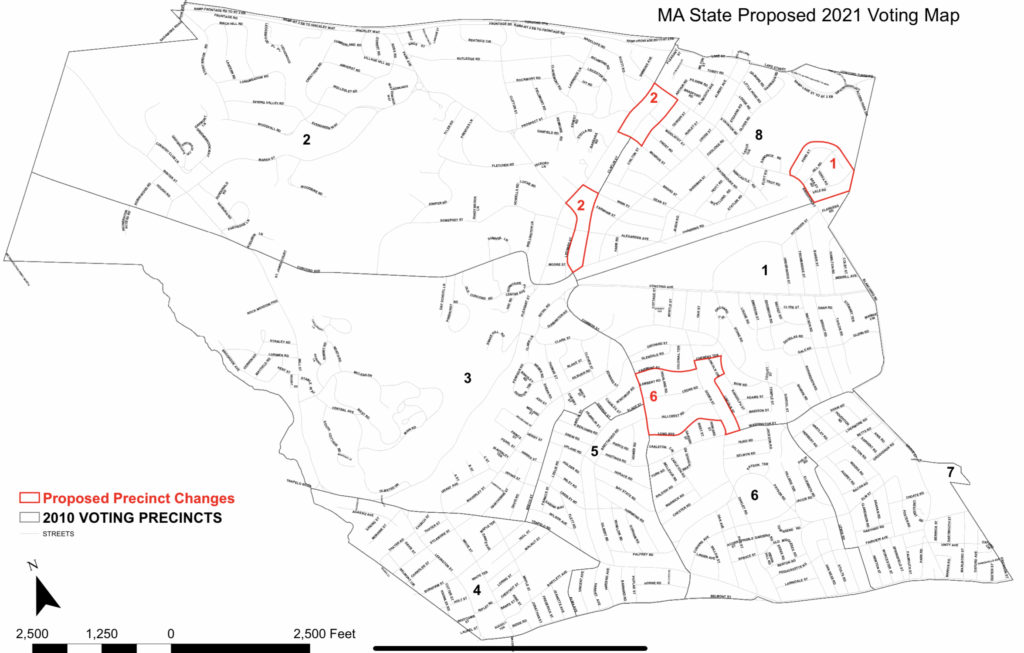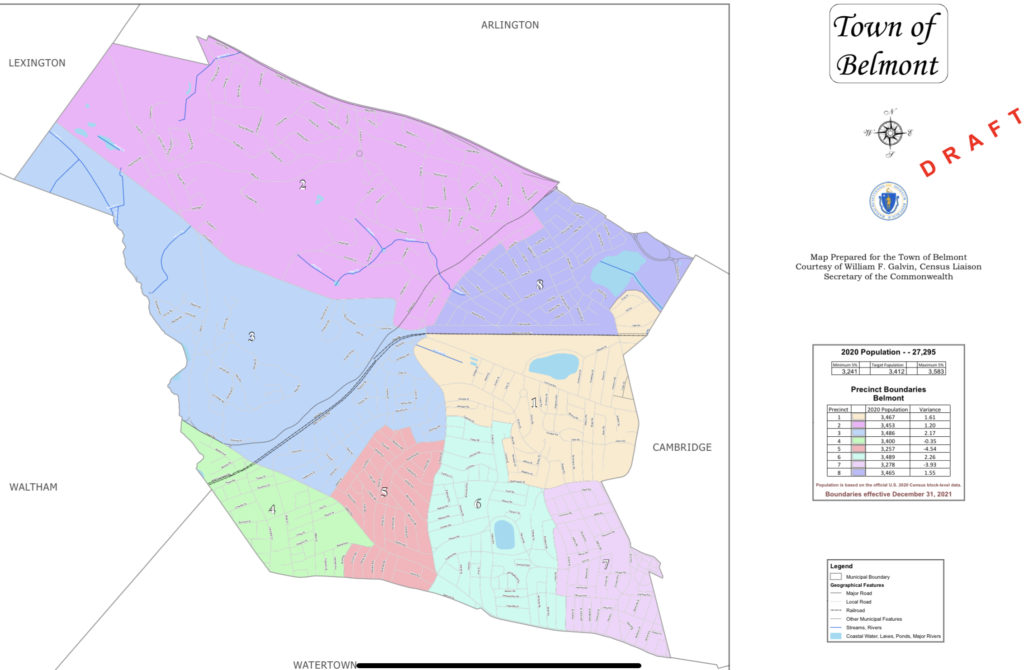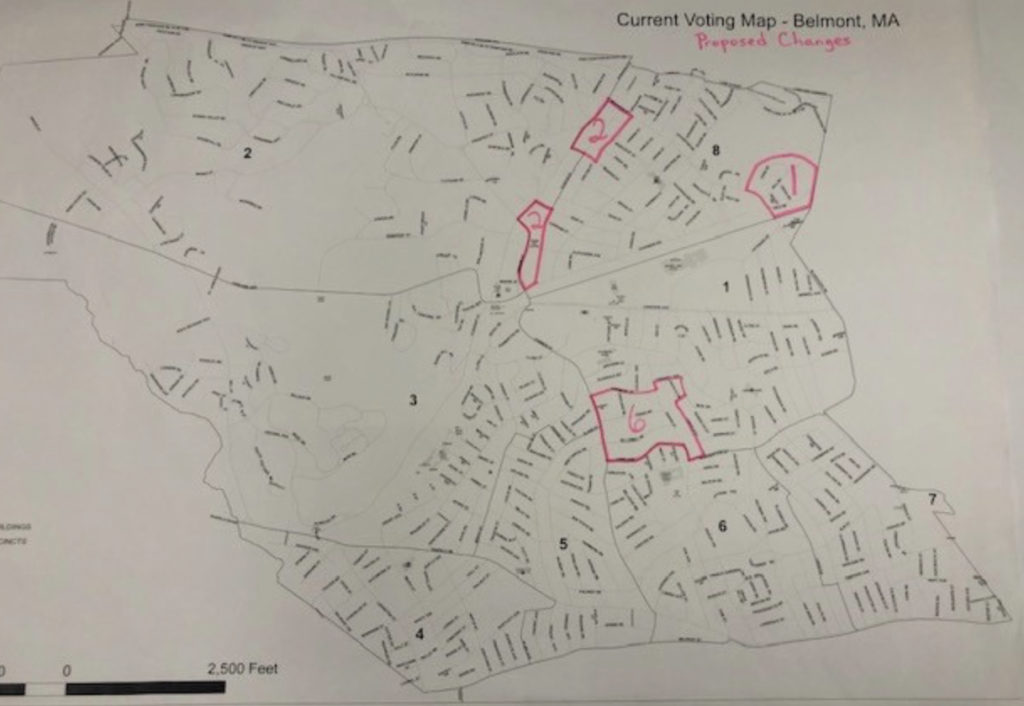Photo: Hopkinton is the first Massachusetts school district to end mask mandates at its high school (Credit: Hopkinson High School website)
As the first town in Massachusetts has ended a mask mandate at its high school on Monday, Nov. 1, Belmont will be standing pat with requiring coverings for students and public indoor activities.
At its meeting on Monday, the Belmont Select Board heard from Health Department Director Wesley Chin who discussed Covid-19 in Belmont. Chin noted 74 total cases in October, compared to 71 in September with 35 the average age of those infected. Under CDC standards, Middlesex County “still sits in high risk for transmission and Belmont is still in substantial risk,” said Chin.
Chin agreed with Board member Mark Paolillo who said, despite a plateauing of cases nationwide, with Belmont remaining in the substantial risk level of transmission, “we’re not in the position at this point based on the statistics … to lift any mask mandate.”
But Chin did tell Paolillo he believes the town could return to the mandate after the first of the year.
“I think we’re in a sort of gray zone right now. We’re … cautiously watching and eager to see what the holidays bring us. Once we get past the New Year, we should reassess and see where things are,” said Chin.
Hopkinton lifted its mask mandate at its high school for the next three weeks on a trial basis after the school in the center Massachusetts town exceeded the 80 percent Covid-19 vaccination threshold for students and staff which Massachusetts Gov. Baker’s administration set in September to end requirements.
An Oct. 15 article in the Boston Globe found Belmont and 61 other Massachusetts school districts had reached the levels to end mandates. In fact, the Globe found Belmont far exceeding the state requirement: 90 percent of students between ages 12-15 and 89 percent 16-19 have been vaccinated.
When asked to comment on the findings, Belmont Superintendent John Phelan said the mandate “was voted on by the Belmont Board of Health and School Committee. The School Department respect the decision and are following this policy” with any discussion of ending the ban should go through the Board of Health.
But Phelan did leave the door a bit ajar on reconsidering the mandate.
“All issues are open to discussion and I am sure the decisions will be in the best interest of keeping our students, staff and community safe,” said Phelan.



